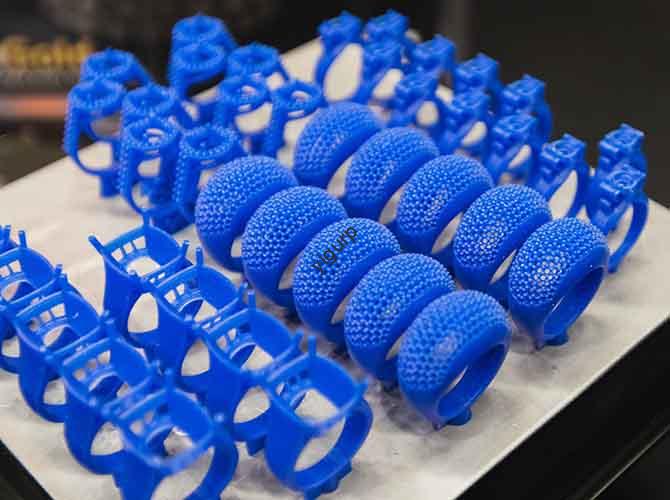Are you struggling to achieve high-precision threads for your mechanical parts? Or looking for a more efficient alternative to traditional tapping methods? CNC milling thread technology might be the solution you need. This guide breaks down everything from its core advantages to real-world applications, helping you master this critical machining process.
1. Why Choose CNC Milling for Thread Machining? Key Advantages
Compared to traditional methods like tapping or die cutting, CNC milling thread stands out for four unbeatable benefits. The table below clearly compares its performance with conventional tapping:
| Feature | CNC Milling Thread | Traditional Tapping |
| Precision | Controls tool path via CNC programming; thread size, shape, and position errors < 0.01mm | Relies on tool accuracy; prone to size deviations (errors often > 0.05mm) |
| Flexibility | Handles left/right-hand, internal/external threads; 1 cutter for multiple thread specs | Requires different taps for different thread types; limited to simple structures |
| Efficiency | Continuous cutting; reduces tool change time by 30-50% for high-volume tasks | Frequent tool changes; longer auxiliary time |
| Surface Quality | Smooth finish (Ra < 1.6μm); no burrs/tool marks | Often leaves burrs; requires extra polishing |
For example, in precision gear manufacturing, CNC milling thread ensures that the thread fit between gear shafts meets strict clearance standards—something traditional tapping can rarely achieve consistently.
2. Essential Tools for CNC Milling Thread
Choosing the right cutter is critical to successful CNC milling thread operations. There are two main types of thread mills, each with unique use cases:
| Cutter Type | Structure | Ideal Applications | Key Limitation |
| Integral Carbide Thread Mill | One-piece carbide design | Small holes (depth < tool length); high-hardness materials (e.g., stainless steel) | Cannot process deep holes (risk of tool breakage) |
| Clamp-Type Carbide Insert Mill | Replaceable carbide inserts | Deep holes (depth > insert length); large-batch production; versatile material compatibility | Slightly lower precision than integral mills (due to insert gaps) |
Pro Tip: For aluminum alloy parts (common in the electronics industry), an integral carbide mill with a TiAlN coating works best—it reduces friction and extends tool life by 20%.
3. Step-by-Step CNC Milling Thread Process
Follow this linear, 5-step workflow to ensure error-free thread machining. Each step builds on the previous one, forming a 因果链 (cause-effect chain) for quality results:
- Bottom Hole Preparation
The bottom hole diameter must be slightly smaller than the final thread diameter (use the formula: Bottom Hole Diameter = Thread Major Diameter – Pitch). For example, a M10×1.5 thread requires a 8.5mm bottom hole. Poor bottom hole quality (e.g., rough surface or wrong diameter) will directly cause thread inaccuracies.
- CNC Programming
Write a program to define:
- Start/end coordinates of the tool
- Thread pitch and helix angle
- Cutting speed (150-300m/min for steel; 300-500m/min for aluminum)
- Feed rate (match pitch to avoid thread distortion)
- Workpiece Clamping & Positioning
Secure the workpiece to the machine table using vises or fixtures. Align its center with the CNC coordinate system—even a 0.1mm misalignment can ruin the thread’s position accuracy.
- Test Cutting & Adjustment
Run a trial cut on a scrap piece first. Check:
- Is the thread size correct (use a thread gauge)?
- Are there burrs or tool marks?
Adjust the program (e.g., reduce feed rate) if issues arise.
- Formal Machining
Start full production after test cutting passes. Monitor the process for unusual noises (a sign of tool wear) to prevent defects.
4. Real-World Applications of CNC Milling Thread
CNC milling thread is widely used across industries where precision and efficiency matter. Here are four key sectors with specific use cases:
| Industry | Application Scenario | Key Requirement Addressed by CNC Milling Thread |
| Aerospace | Threads on aircraft engine turbine blades | High precision (ensures no fuel leaks); high-temperature resistance |
| Automotive | Threads on transmission housings | High efficiency (1000+ parts/day); cost reduction |
| Mold Manufacturing | Threads on mold guide pillars | Complex shape compatibility (molds have irregular surfaces) |
| Electronics | Threads on smartphone frame screws | Small-space operation (threads as small as M1.6); miniaturization support |
Take the aerospace industry as an example: A single aircraft engine has over 500 threaded connections. CNC milling thread ensures each connection meets AS9100 standards, directly affecting flight safety.
5. Yigu Technology’s Perspective on CNC Milling Thread
At Yigu Technology, we believe CNC milling thread is no longer a “nice-to-have” but a “must-have” for modern manufacturing. Our customers in automotive and electronics sectors often report 40% faster production cycles and 25% fewer thread defects after switching to this technology. We recommend pairing it with our high-precision CNC mills (equipped with Fanuc 0i-MF systems) for optimal results—they reduce programming time by simplifying parameter input, making the process accessible even for less experienced operators.
FAQ About CNC Milling Thread
- Q: Can CNC milling thread process plastic parts?
A: Yes. Use a low cutting speed (80-120m/min) and a sharp carbide mill to avoid plastic melting or chipping.
- Q: How often should I replace thread mill inserts?
A: For steel parts, replace inserts after 500-800 holes; for aluminum, replace after 1500-2000 holes. Signs of wear (e.g., dull cutting edges) also indicate replacement is needed.
- Q: Is CNC milling thread more expensive than traditional tapping?
A: Initial costs (cutter + programming) are higher, but long-term costs are lower—you save on tool changes, rework, and labor. For batches over 1000 parts, CNC milling is 15-20% cheaper.
